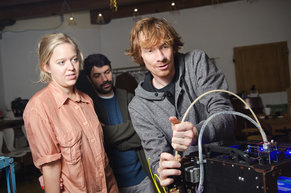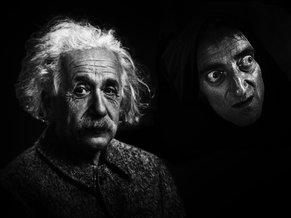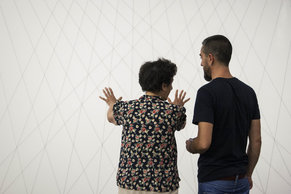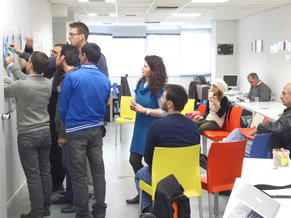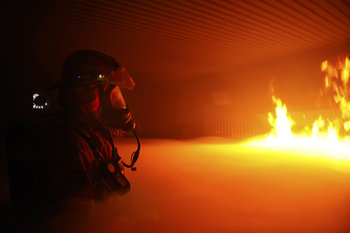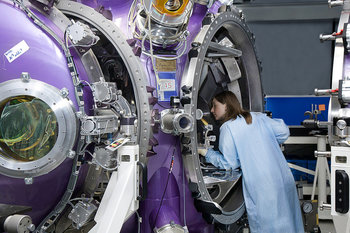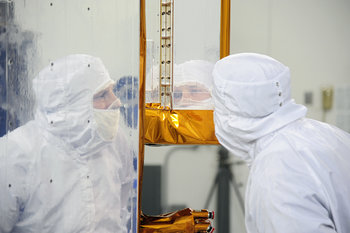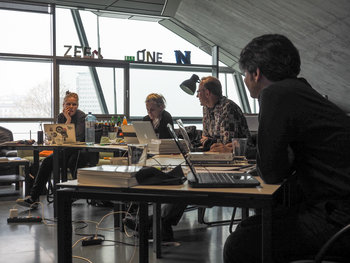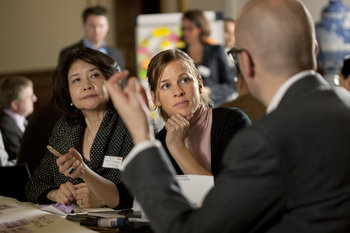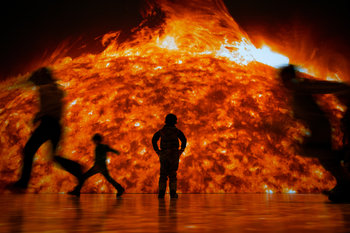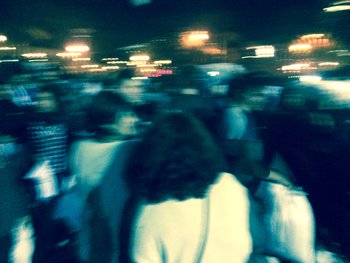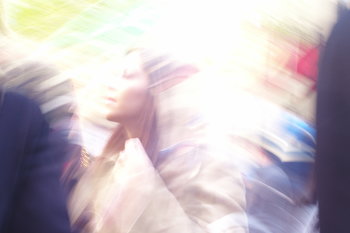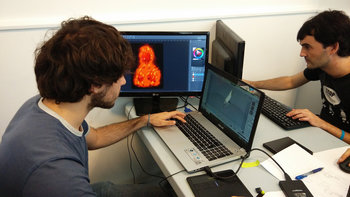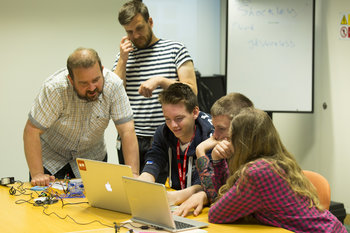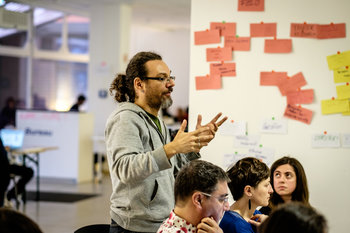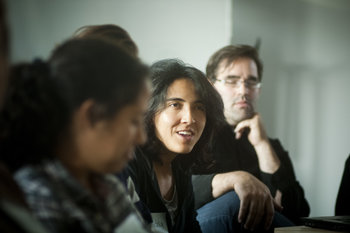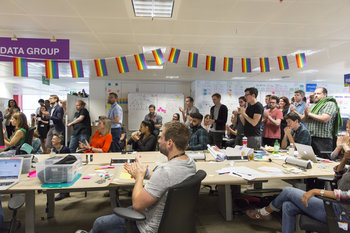
Material
A chair breaks when you sit on it because it is made of a weak material. Cause: weak material Effect: chair breaksActions
A chair breaks because you jump on it. Cause: jump Effect: chair breaksIdeas
You jump on a chair because you think it looks strong.Cause: you overestimate the strength of a chairEffect: chair breaksDesign
A chair is poorly designed such that its legs aren't structurally stable so that it breaks when you sit on it.Cause: poor designEffect: chair breaksStates
A french fry is too hot when you eat it so you burn your tongue.Cause: heatEffect: burnMotivation
You eat breakfast because you're hungry.Cause: hungryEffect: eatChance
Chance is an event that occurs relatively randomly. For example, getting hit by lightning may be caused by your actions such as walking outside. However, it is mostly viewed as a chance event that is bad luck because the probability of being struck by lightning is relatively low even if you are walking in a storm.Cause: chanceEffect: hit by lightningMultiple Causes
There is often more than one cause of an effect. For example, you get a bad score on a test because you didn't study and you ate poorly before the test such that your brain wasn't optimally nourished.Cause: failure to study, poor dietEffect: poor test resultSequence of Events
Multiple causes that are related to each other. For example, you fall off your bike and go to the hospital. The hospital is unusually busy and you wait 6 hours to see a doctor. You get home late and therefore have no time to study for a test the next day resulting in a poor score.Cause: fall off bike, hospital busy, long wait, no time to studyEffect: poor test resultButterfly Effect
The butterfly effect is the observation that a seemingly trivial event can lead to a completely different set of outcomes such that a butterfly flapping its wings can theoretically transform the future. For example, a slippery spot on a soccer field could be the difference in a player's stability during a shot that results in missing the net, losing a game and not winning the World Cup. This may influence an entire nation. In a world without the slippery spot, the goal might have been scored, the World Cup won and the spirits of a nation lifted. Examples like this can be taken extremely far whereby small seemingly meaningless events can theoretically result in a completely different future.Minor Cause: slippery spotUltimate Effect: losing world cup, influences the mood of a nation possibly leading to a significantly different futureChain Reaction
A string of cause and effect such as a car that hits the car in front of it causing that car to hit the car in front of it. In this case, the first in the string of events is considered the cause. Cause: car hits carEffect: multiple cars hit each other resulting in damageRoot Cause
It is common for a cause to create a chain of secondary causes such that complex relationships exist between causes. In this case, it is useful to attempt to determine the root cause that is the primary cause of many events. For example, a poorly designed touch screen navigation system in an automobile may lead drivers to be distracted leading to multiple accidents. In each case, the accident looks like human error but each has a deeper root cause in the design of the user interface.Cause: poorly designed user interfaceEffects: distracted drivers, accidentsProbabilities
In many cases, the cause of events is unclear with multiple suspected causes. In this case, probabilities for each suspected cause may be estimated to determine a likely cause. For example, a biologist may estimate a 40% probability that a particular disease is causing trees in a forest to die.Cause: disease (40% probability)Effect: trees dyingConcurrent Causes
In many cases, there are more than one significant causes for an effect. For example, a forest may die because of shifts in climate, weather events and a disease with all playing a contributing role.Causes: climate change, weather events, diseaseEffect: dying forestArrow of Time
Arrow of time is the principle that time moves in a single direction such that causes occur before effects in time. For example, if you buy slippery shoes, wear slippery shoes, it rains, you go for a walk, you slip on wet pavement the first event in this chain is likely to be the root cause.Root Cause: bought slippery shoesEffect: slippedImmediate Cause
An immediate cause is the closest significant cause to the effect in time. If you slip on wet pavement, the immediate cause is that your feet failed to grip the pavement. Focusing on immediate causes can be counterproductive as it is usually the root cause that is important to improving things.Immediate Cause: feet failed to grip pavementEffect: slippedUnintended Consequence
An unintended consequence is an action or idea that produces results you never intended or imagined. For example, a manufacturer develops a new softer plastic by introducing new chemicals into the manufacturing process. This plastic gets used in a wide variety of food products such that the chemical leaches into food. Within a decade, a large percentage of a population have the new chemicals in their bodies. It is then discovered that the chemicals cause a series of diseases.Cause: new chemical in plasticEffect: diseaseSelf-Fulfilling Prophecy
A self-fulfilling prophecy is a prediction that causes itself to be true. For example, a science fiction book that imagines a future technology. This fictional technology enters the popular imagination until one day it is finally implemented to become a reality.Cause: predictionEffect: prediction comes trueSynchronicity
Synchronicity is the theory that coincidences can have meaning. For example, a student is applying for university and can't decide between nursing and engineering. On the day they need to send in the application they run into their a relative who is a nurse. The relative tells the student in passing conversation about the stresses of their job in a way that sounds like they regret their career choice. The student finds this strange that they should accidentally receive this information on the exact day that the decision is to be made. The student decides this must be meaningful and they choose to go into engineering.Cause: coincidence to obtain information exactly when you need itEffect: influences a decision, thought process or ideaVicious Circle
A vicious circle is a situation where a problem creates other problems that creates other problems such that a situation becomes worse and worse. In this situation it is important to identify and address root causes. For example, a student has a poor diet and eats too much sugar. This leads to an difficulty in concentrating at school. This leads to behavioral problems. This leads to getting expelled from school. This leads to a negative self image and so on.Root Cause: poor nutritionEffect: difficultly concentrating, behavioral problems, negative self-imageVirtuous Cycle
A virtuous cycle is a situation where a positive leads to other positives that lead to other positives such that things seem to easily work out well. For example, a student loves to read. This makes them better at writing, expressing themselves and making decisions. This gives them better grades and leads to more educational choices. This leads to connections with talented peers and teachers. This leads to more learning and so on.Cause: passion for readingEffects: better at writing, decision making improved, grades improved, educational opportunities, opportunities to engage talented peers and so on.Notes
A cause answers the question - why? An effect answers the question - what?| Overview: Cause And Effect | ||
Type | ||
Definition (1) | A type of relationship between events whereby a cause creates an effect. | |
Definition (2) | A type of relationship between events whereby an effect results from one or more causes. | |
Related Concepts | ||

